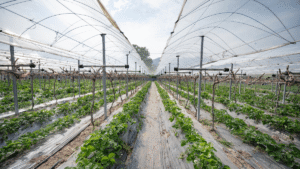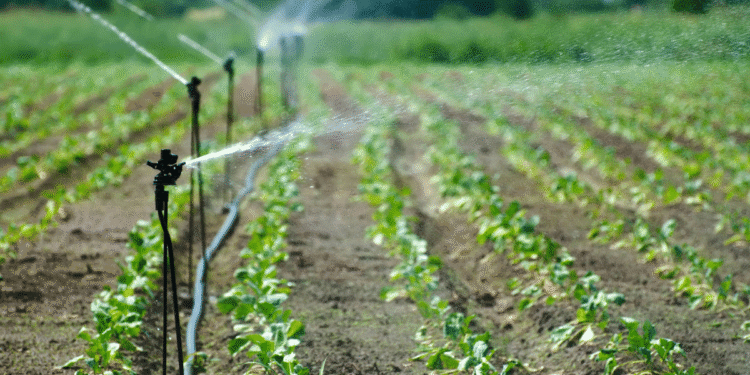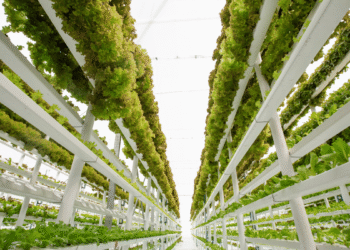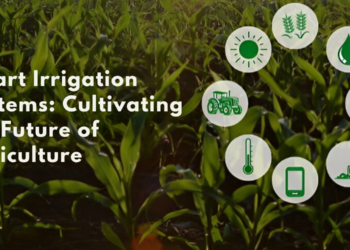Industrialized farming is one of the reliable ways to produce more amount of food at a comparatively low cost. When not practiced in a sustainable way agriculture can pollute water, air, and soil; is a source of greenhouse gases, and destroys wildlife however, it’s not the bargain it was once believed to be. All of this costs the economy about $3 trillion every year.
And in addition to this, some farming practices have been believed to be the emergence of zoonotic diseases, such as COVID-19.
Every year on 18 June Sustainable Gastronomy Day is celebrated, which enjoy local cuisine that is produced in ways that are both environmentally friendly and minimize waste. To mark the occasion, we take a closer look at how to make agriculture more sustainable and how it would impact the economy, human health, and farming.
1. What is sustainable agriculture?
Farming techniques that would meet the need of current and future generations, while also ensuring profitability, environmental health, and social and economic equity. It favours techniques that allow nature–to preserve soil fertility, prevent water pollution and protect biodiversity. It is also a way to support the achievement of global objectives, like the Sustainable Development Goals and Zero Hunger.
2. A difference in the environment?
This method uses up to 56 per cent less energy per unit of crops produced, creates 64 per cent fewer greenhouse gas emissions per hectare, and produces more significant levels of biodiversity than conventional farming.
Producing sustainable food products is more labour extensive when compared to traditional methods. It is often considered in a way that requires it to be separated from conventional foods during processing and transport. The costs associated with marketing and distribution of relatively small volumes of products are often comparatively high.

And, sometimes, the supply of certain sustainably produced foods is not up to the requirements.
3. Why are some foods so much more affordable?
The heavy use of chemicals, medicines, and genetic modification allows some foods to be produced cheaply and in reliably high volumes, in this way the retail price of the products goes lower. But it does not reflect the costs of environmental damage or the price of healthcare that is required to treat diet-related diseases and therefore is deceiving.
The cheaply produced products are often high in energy and low in nutrients and may contribute to the development of heart disease, stroke, diabetes, and some forms of cancer. This is particularly concerning amid the COVID-19 pandemic; the disease is especially risky for those with existing health problems.
4. Do we all have to be vegan?
Not really. However, pay attention to your consumption as we should eat less animal protein. Livestock production is a significant cause of climate change in most parts of the world. People are consuming more animal-produced products than healthy ones. But even small dietary shifts can have a positive impact. The average person consumes 100 grams of meat daily. You can reduce that to 10 gm per day that is best and would ensure fewer carbon emissions.
5. Is sustainable agriculture possible in developing countries?
The answer to this question is probably yes. As sustainably produced food is more labour-intensive than conventionally made food, it has the potential to create 30 per cent more jobs. It can also generate more money for farmers because it can command higher prices
6. Is it affordable for everyone?
As demand for certain foods increases, the costs associated with production, processing, distribution, and marketing will drop, which should make them less expensive for consumers. Policymakers can also play a role, in facilitating market access and levelling the financial and regulatory playing field.
7. Why hasn’t sustainable farming been adopted as a global standard?
The lack of understanding plays an essential role over here. Policymakers do not typically consider nature as a form of capital, so legislation is not designed to prevent pollution and other kinds of environmental degradation.

And consumers may not realize how their dietary choices affect the environment or their health. In the absence of either legal obligations or consumer demand, there is little incentive for producers to change their approach.
8. How to consume food more sustainably?
Diversify your diet and you can cook more meals at home. Eating plant-based foods; pulses, peas, beans, and chickpeas as sources of protein. Eat local, seasonal foods. Purchase sustainably produced foods and learn more about farming practices and labelling. Avoid excessive packaging, which is likely to end up in a landfill.
Don’t waste food: eliminating food waste could reduce global carbon emissions by 8-10 per cent. Cultivate your own garden. Support organizations, policies, and projects that promote sustainable food systems.











